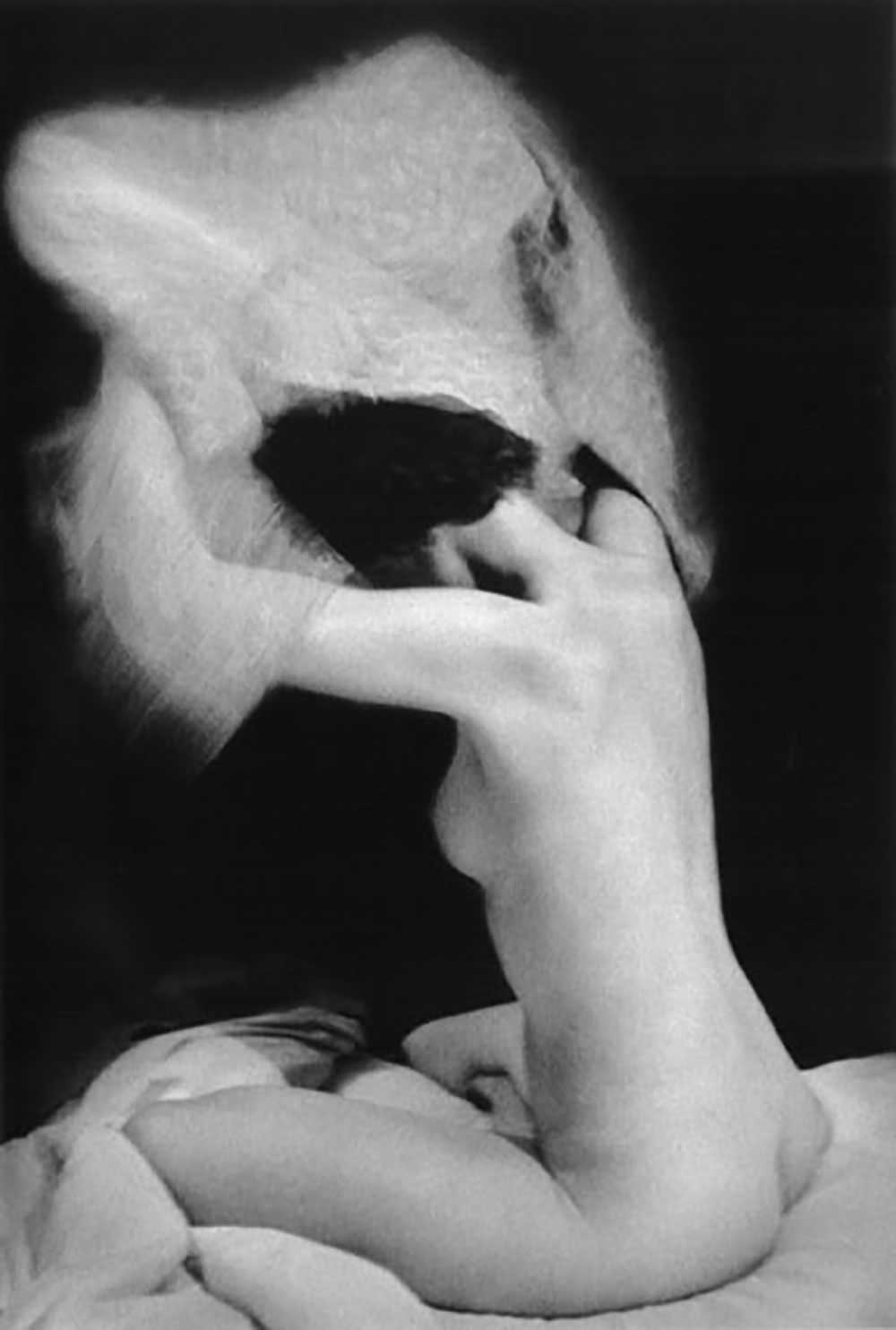The exhibition «René Groebli – Platinum Palladium Prints» introduces the viewer to the exciting work of Groebli with pictures that were created using the noblest, most stable and most exclusive process.
Each enlargement is unique. Such a print loses none of its intensity over time and is not permanently damaged by exposure to light. The shades of gray are many times richer and so fine compared to the silver gelatin prints that even in dark areas you can still see the drawing.
His friend, the well-known Swiss photographer Robert Frank, had a great influence on René Groebli’s early photographic work. The subjectivity in Robert Frank’s work occupied René Groebli and led him to his own subjective-poetic visual language. Groebli wanted to take pictures of what is not tangible: movement, dynamics and speed – like «Rail Magic», a groundbreaking photo essay that was created in 1949 and which, in an interplay of smoke, smell, landscape, romance and mood, symbolizes the French steam train as a symbol of power and feelings – like in «The Eye of Love», a photographic love poem, a work full of timeless poetry, which was created in 1953.

The images captivate with the beauty of the movements, the play with the silhouette, the subdued light, the deep shadows, the contrast between sharpness and blur, the covering and revealing. They live on the suggestion and the association. You can see still lifes, an interior of the hotel room, a look out of the window, even a scene in the neighboring cafe – but the focus is on something that the photographer looks at with the eyes of love: his wife Rita.
The photographer Edward Steichen, then curator at the Museum of Modern Art (MoMA) in New York, was also impressed by the series «The Eye of Love», which was published in 1954 as a small book in an edition of 1,000. Together with Robert Frank, Edward Steichen came to Zurich in 1953 to research for his large exhibition project «The Family of Man». Steichen visited the then 26-year-old photographer Groebli, whose seated act from the present series he immediately acquired for the renowned photographic collection of the MoMA. He also invited Groebli to participate in the «The Family of Man» exhibition, which was later shown in numerous museums around the world.
In the years that followed, Groebli ran a very successful studio for industrial and advertising photography, in which, at that time, completely new color experiments were carried out. Groebli sold his studio in 1981 and since then has only worked on free projects. More photo series were created, including «Burnt Trees», «New York Melancholia», «Nudes», «Fantasies» and «Ireland». Various books document his path: Variation I, 1965; Variation II, 1971; Visions, 1992; Ireland, 2000; Rail Magic, 2006; Beryl Chen and Early Works, 2015; London 1949 and Nudes, 2016; New York 1978, 2017; Color Work, 2018 and most recently in 2019 his catalog of works with over 1000 illustrations.
The perfect mastery of photographic technology, coupled with an enormously strong artistic energy have made René Groebli a true master of photography. He influenced today’s photography to create a style.
René Groebli
«Platinum Palladium Prints»
Exhibition 29 August – 9 October, 2020
In focus Galerie
Hauptstr. 114
50996 Köln
www.infocusgalerie.de






